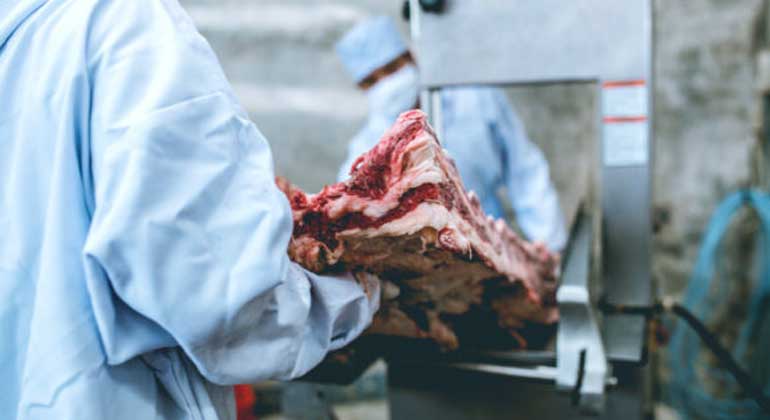MEAT IMPORTS in the first quarter rose 21% from a year earlier to 243,108.89 metric tons (MT), the Bureau of Animal Industry (BAI) said.
In a report, BAI said meat imports rose due to increased volumes for pork, beef, buffalo meat, and turkey. Lower import volumes were recorded for chicken, duck, and lamb.
Pork imports during the quarter totaled 110,419.40 MT, up 150.7% from a year earlier.
Chicken imports fell 28.4% to 81,482.55 MT.
Some 60.5% or 49,254.14 MT of chicken imports came in the form of mechanically deboned meat (MDM), a raw material used by the meat processing industry in canned goods and other products. Chicken MDM imports for the quarter fell 22.4%.
Beef imports rose 16.8% to 38,173.5 MT, while buffalo meat imports rose 28% to 12,407 MT, and turkey imports rose 4.3% to 398.05 MT.
Duck imports fell 77.2% to 8.82 MT, while lamb imports fell 28.7% to 219.58 MT.
The United States accounted for 52,893.27 MT worth of imports, followed by Canada with 37,425.26 MT; Spain 30,149.4 MT; and Brazil 25,089.26 MT.
Jesus C. Cham, president of the Meat Importers and Traders Association, said in a mobile phone message that the sharp increase in pork imports suggests a “serious shortage” in meat which is affecting even the byproducts segment.
Mr. Cham added that imported meat arrivals for the first quarter include shipments that missed demand during the Christmas season due to delays caused by port congestion and container availability issues.
“Importers are replenishing their stock that was sold in the last Christmas season, waiting for stocks to fully arrive and for the dust to settle before reassessing their positions,” Mr. Cham said.
Mr. Cham said that despite higher volumes of pork imports, a reduction of pork tariffs is needed to bring retail prices under regulated price ceilings and to sustain continuous imports.
On March 26, President Rodrigo R. Duterte asked Congress to expand the minimum access volume (MAV) quota by 350,000 MT, in addition to the 54,210 MT MAV for pork imports. Imports within the MAV quota pay lower tariffs.
Pork imports within the MAV quota are charged a 30% tariff, while those beyond the quota pay 40%.
MAV applies to agricultural commodities that can be imported at lower tariffs under the World Trade Organization system.
The Department of Agriculture (DA) projected a pork deficit of 400,000 MT for the year due to the African Swine Fever outbreak that drastically reduced hog numbers.
Aside from increasing the MAV allocation, the DA also proposed to decrease the tariff on pork imports within the MAV quota to 5%-10%, and 15%-20% for those outside the MAV quota. — Revin Mikhael D. Ochave

